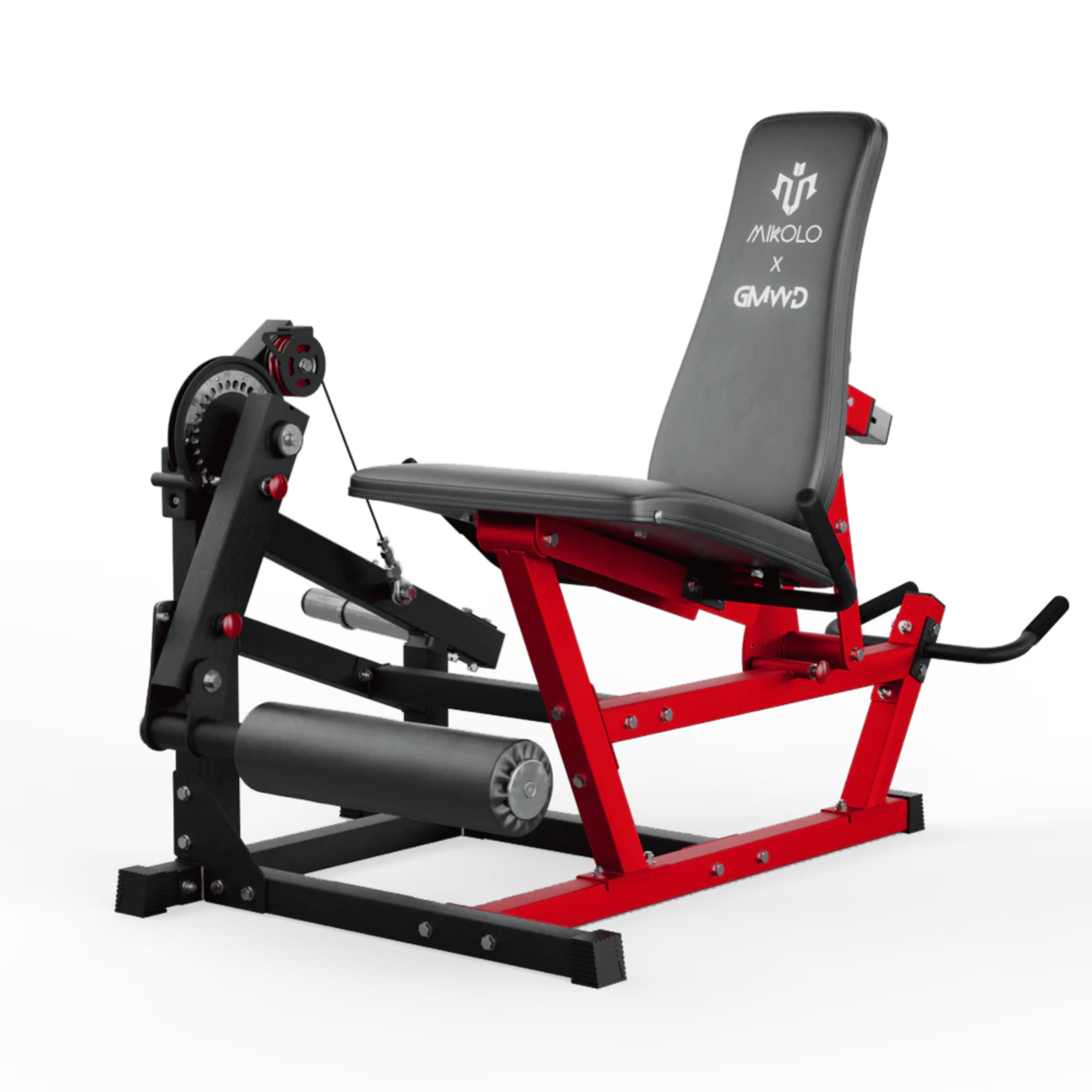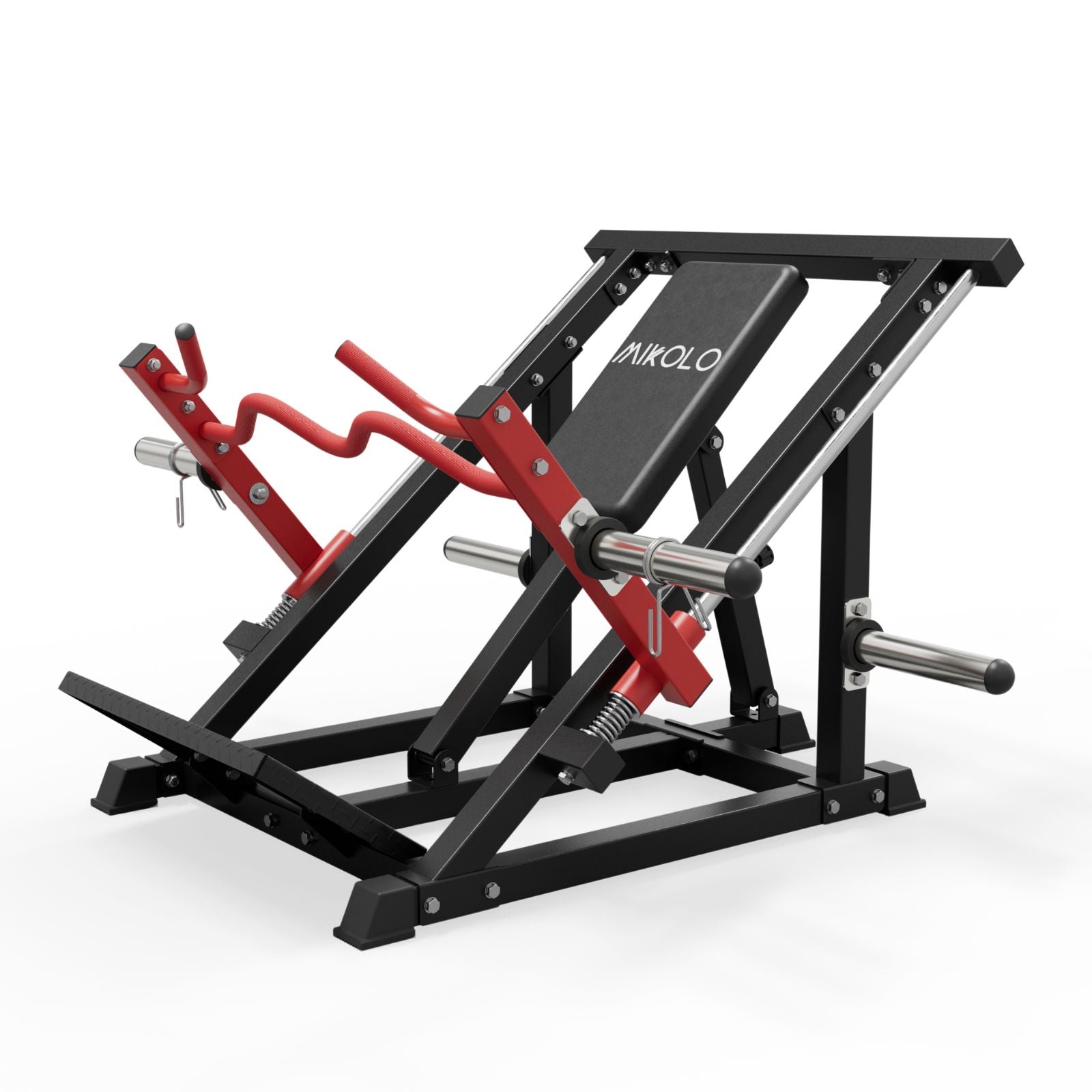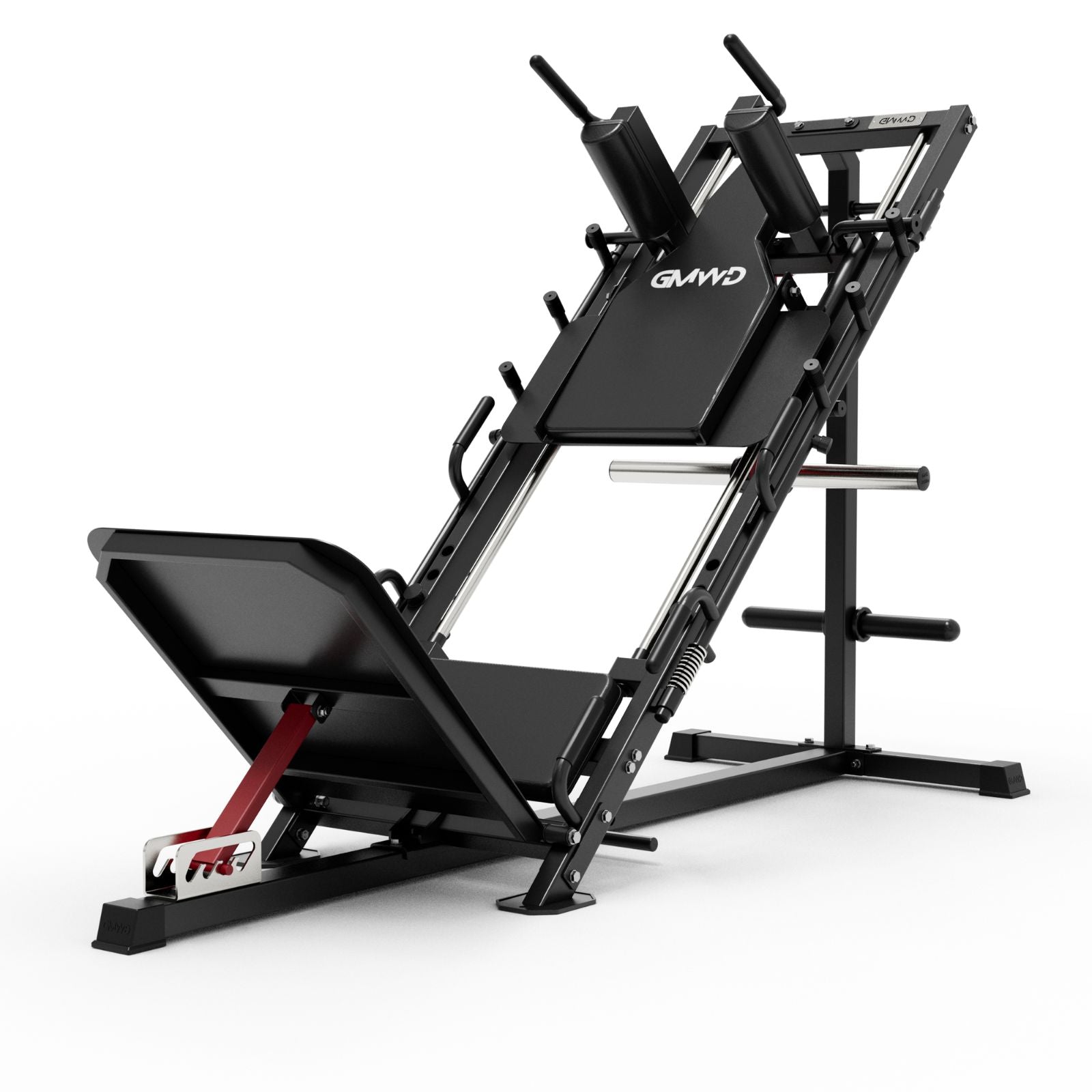When it comes to building well-rounded, strong shoulders, most lifters rely on standing dumbbell lateral raises. However, chest supported lateral raises (also called bench supported lateral raises or chest supported DB lateral raises) can unlock cleaner form, deeper muscle activation, and less lower back stress during your shoulder days.
This variation involves lying face down on an incline bench while performing the lateral raise, supporting your chest to minimize swinging or using momentum. The result? Your lateral delts work harder, leading to better shoulder development while reducing compensation from traps and lower back.
How to Perform the Chest Supported Dumbbell Lateral Raise Correctly
-
Setup: Set an incline bench to around 30–45 degrees. Hold a pair of light to moderate dumbbells and lie face down with your chest supported, feet planted for stability.
-
Position: Let the dumbbells hang directly below your shoulders, maintaining a slight bend in your elbows.
-
Execution:
-
Raise the dumbbells out to your sides in a wide arc until your arms are parallel to the floor.
-
Focus on leading with your elbows and keeping your wrists neutral.
-
Lower the weights under control, feeling your lateral delts stretch at the bottom.
-
-
Breathing: Exhale as you lift, inhale as you lower.
Why Chest Supported Lateral Raises Are Effective
Unlike standing variations, chest supported dumbbell lateral raises reduce momentum, allowing you to isolate the lateral deltoids effectively. They also:
-
Limit excessive trap activation, keeping the tension on your shoulders.
-
Reduce spinal loading, making it a shoulder-friendly and back-friendly option.
-
Improve mind-muscle connection for your lateral delts by stabilizing your torso.
If you struggle to feel your shoulders working during standing lateral raises or find yourself cheating with body sway, this supported variation can correct your form and improve your shoulder hypertrophy.
Personal Perspective: My Shift to Chest Supported Raises
I remember consistently struggling with shoulder growth during my earlier years, often swinging dumbbells up without truly feeling my delts working. Incorporating bench supported lateral raises changed everything. By taking my lower body out of the equation and fully supporting my chest, I learned how to isolate the delts, build a stronger mind-muscle connection, and reduce the strain on my traps and lower back.
If your shoulders have plateaued, adding this variation might help you break through, as it did for me.
Chest Supported Lateral Raise Variations to Try
To keep your training engaging while maximizing your shoulder growth, consider:
-
Incline Chest Supported Lateral Raise: A lower incline (around 30 degrees) to slightly adjust the angle of tension.
-
Paused Lateral Raises: Pause for 1–2 seconds at the top to increase time under tension.
-
Cable Chest Supported Lateral Raise: Using cables can provide consistent tension throughout the range of motion.
Frequently Asked Questions
Does the chest supported lateral raise work the chest?
No, despite its name, the chest is supported on the bench, but the exercise primarily targets the lateral deltoids. Your chest muscles are not actively working during this movement.
What weight should I use?
Start lighter than your standing lateral raise, focusing on strict form. Aim for 8–15 reps while maintaining tension throughout.
Is the supported lateral raise suitable for beginners?
Yes. It is excellent for beginners to learn correct shoulder activation without compensating with the lower back or traps.
Final Thoughts
The chest supported lateral raise is a small change that can lead to big improvements in your shoulder training. By eliminating momentum, isolating your delts, and protecting your lower back, it offers an effective, joint-friendly way to build wider, stronger shoulders.
If you want to add a targeted movement to your shoulder day routine, give the chest supported dumbbell lateral raise a try and feel the difference in your next session.
If you need, I can also prepare Pinterest or Instagram captions, a Google meta description, or an infographic bullet list summarizing this article for your content distribution. Let me know whenever you are ready to integrate it into your blog or social channels.










































Leave a comment
This site is protected by hCaptcha and the hCaptcha Privacy Policy and Terms of Service apply.